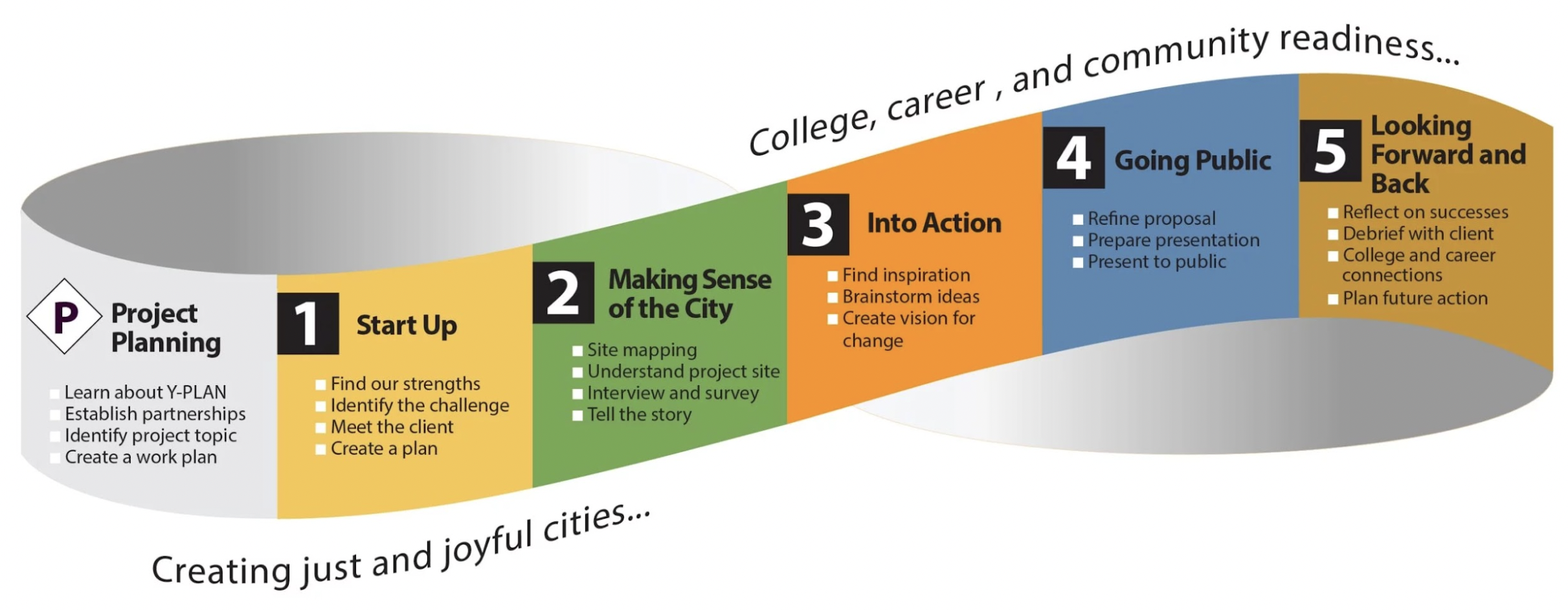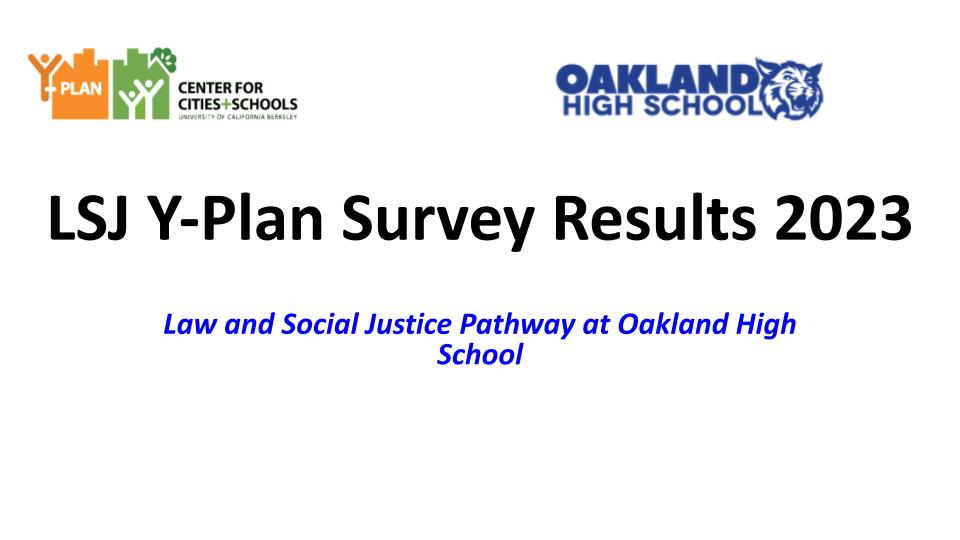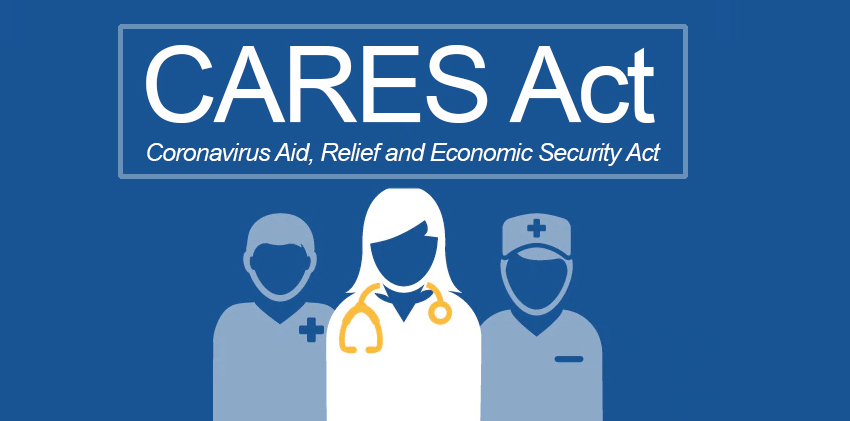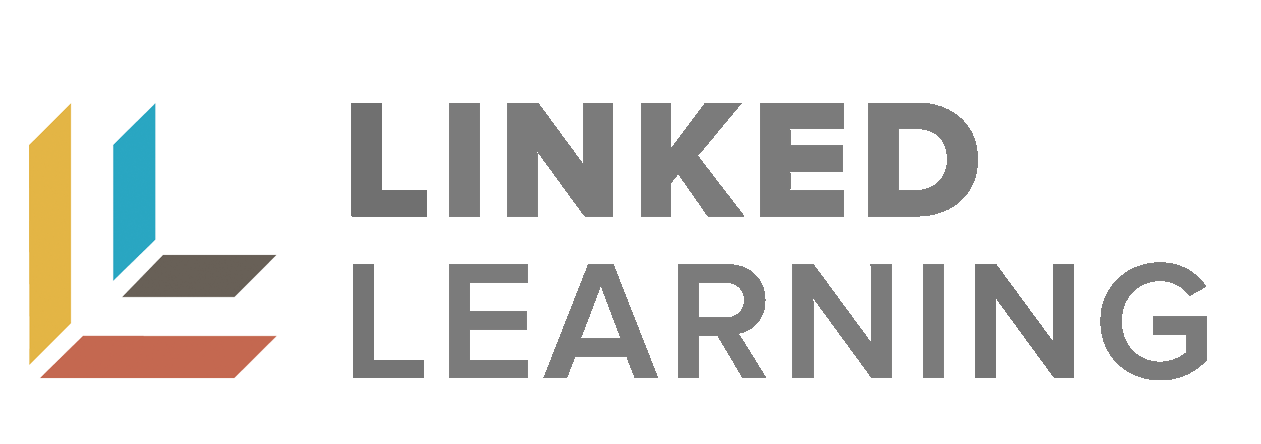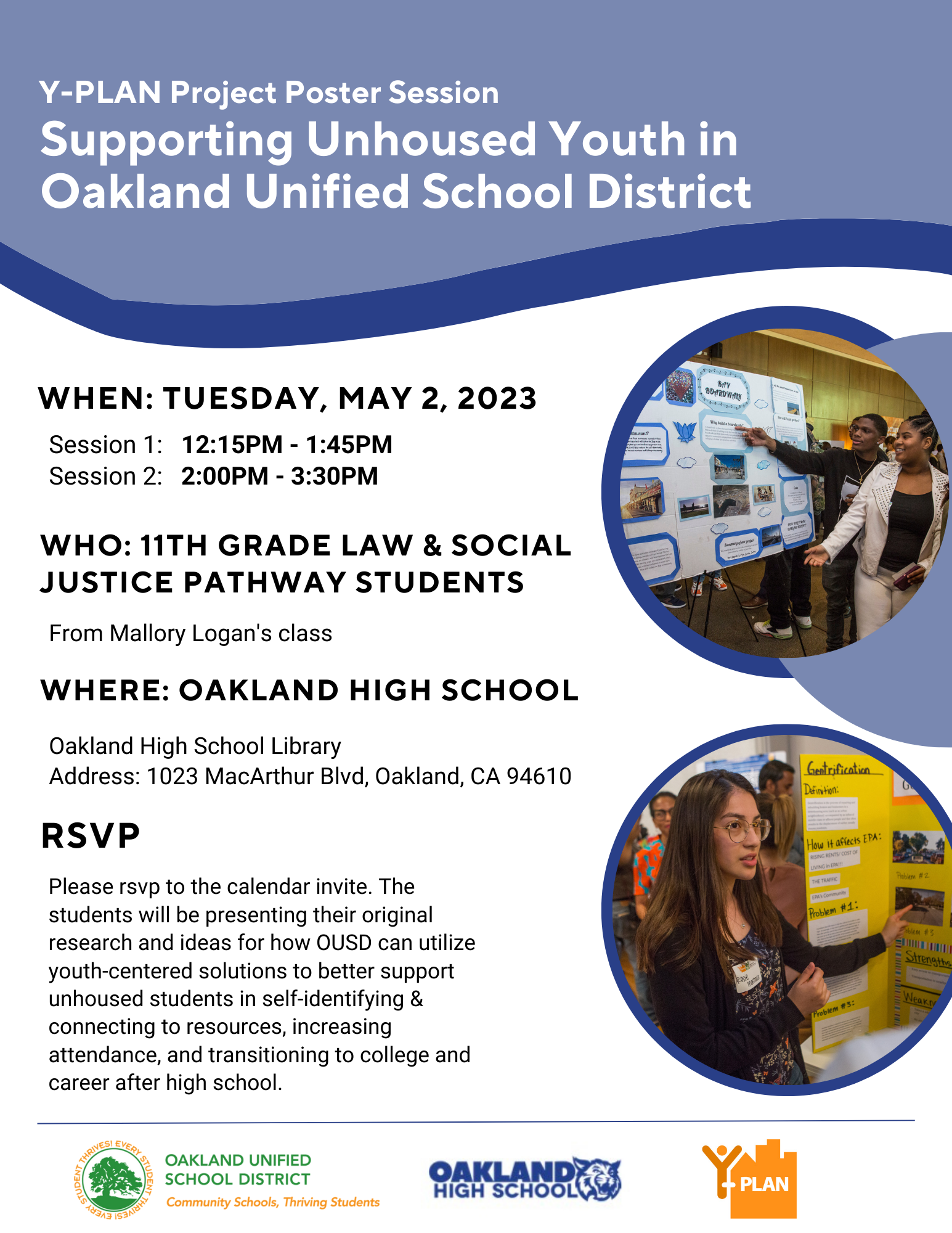The Personal is Pedagogical
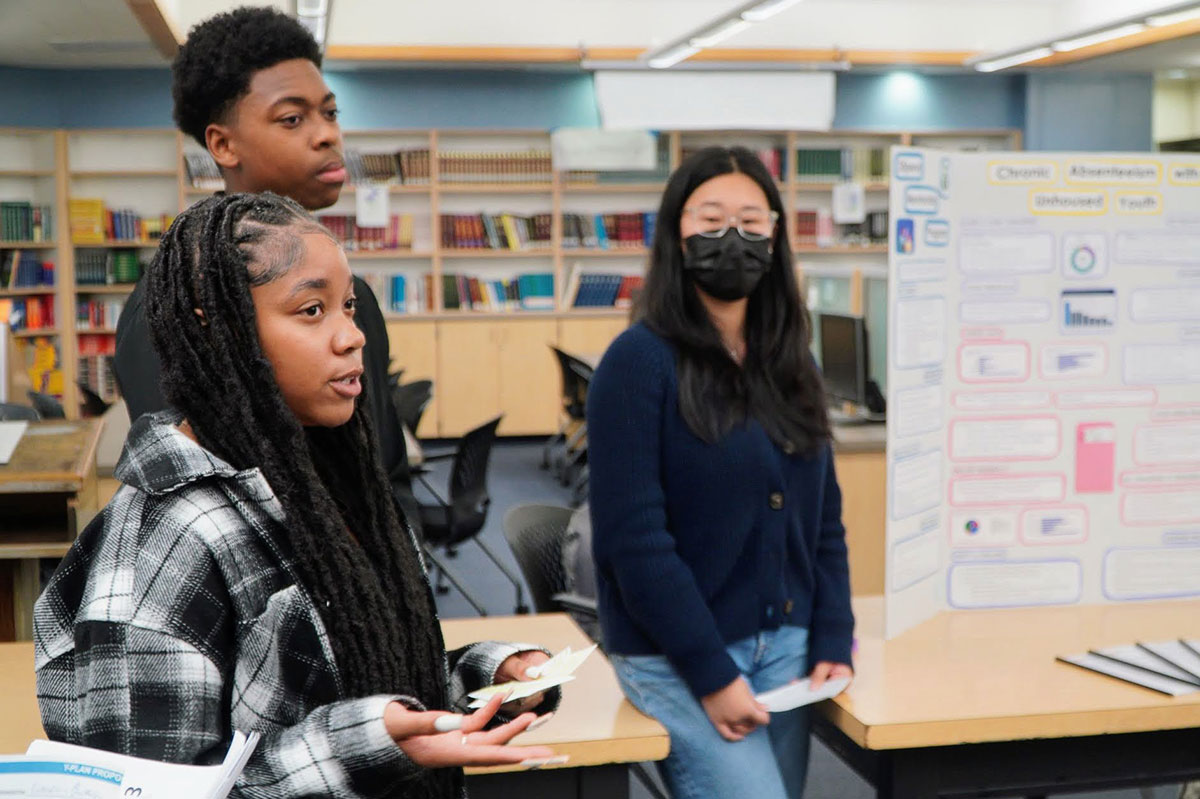
Introduction
Educators are always searching for the educational tool that will click for our students. Research shows that when youth collaborate with adults in meaningful decision-making, it not only promotes their social-emotional and academic development but also their civic and community engagement (1). As the social studies teacher for the Law and Social Justice (LSJ) pathway at Oakland High School, I specifically seek out tools that allow my students to meaningfully engage in issues affecting their communities. Several years ago, my search for these tools led me to attend a project based learning professional development where I met Dr. Deborah McKoy from the UC Berkeley Center for Cities + Schools (CC+S). I learned about the center’s collaborative research methodology, Y-PLAN (Youth – Plan, Learn, Act Now) and was blown away by the possibilities.
For the past three years, I have engaged my students in a learning experience that uses the community as the context for their core learning. I invite youth to pursue their own action research using Y-PLAN—a civic learning strategy that is grounded in twenty years of research on career academies and active learning—as a framework for academic development and learning outcomes that integrates with curricular standards. My students’ collaborative research has focused on various social issues over the years, but most recently, we have tackled an urgent issue for our community—youth homelessness in public schools. This issue became particularly relevant—and pressing—to them during the COVID-19 pandemic when the disparities in how different communities were experiencing the isolation, fear and vulnerability of school closures and shutdowns across the nation became strikingly apparent.
Over the course of their Y-PLAN projects, my students conduct interviews, develop policy recommendations, and present their ideas to people that can act upon and implement them in real-time. Unlike simulated activities like Model United Nations, Y-PLAN is more about career practice and college readiness—far more like a professional internship that takes place during school hours. Youth-led research approaches like Y-PLAN show how engaging students in meaningful policy research and development can not only change the trajectories of young people’s academic lives, it can also transform the material realities of the most disadvantaged young people in our schools and communities such as youth experiencing homelessness.
During the spring semester of each academic year, all 11th grade students enrolled in Oakland High School’s Law and Social Justice pathway, work directly with community and policy leaders in their school district (Oakland Unified School District (OUSD)) and the city of Oakland. Our school’s work-based learning coordinator has been a critical support for my students’ Y-PLAN projects. Our coordinator plans work-based field trips (e.g., visiting courthouses, law schools, and nonprofits), brings in speakers to support students’ research, and to listen to their findings and policy recommendations. These experiences are integral to Y-PLAN’s five step research and action methodology and empower students to act as “consultants for change,” learn invaluable career skills, and engage with their community and classmates in a learning experience with long-lasting impact.
These experiences … empower students to act as ‘consultants for change,’ learn invaluable career skills, and engage with their community and to engage with their community and classmates in a learning experience with long-lasting impact.”
Step One: Starting Up
After breaking into small groups and getting to know each other’s strengths, the students form a community of practice. Key to this process and way of thinking about learning, is that everyone learns from everyone—youth from adults and adults from youth. During the “start up” phase, students learn about their project question, including the central challenges facing their real-world “client.”
This first step is often the most exciting for my students, as the whole process begins to feel real. They are no longer solely learning within a classroom; now, they are meeting with their client and developing ideas over the course of six to eight weeks. For the past 3 years, my students have worked directly with OUSD’s McKinney-Vento Liaison, Trish Anderson. In this role, Trish is charged with ensuring that all OUSD students experiencing homelessness have “equal access to a free, appropriate public education” (2). This includes helping to first identify children and youth experiencing homelessness and then coordinating activities and services from transportation to school supplies to mental health supports. Trish called on my students to conduct research and explore opportunities to improve the support and outcomes for the more than 1,100 students who are unhoused or unaccompanied in their school district (3).
Step Two: Making Sense of the City
The second step in their action project is to conduct research through community mapping, interviews, and neighborhood analysis—what folks in community schools often refer to as a “needs and assets assessment.” Student teams begin by utilizing OUSD’s Public Dashboard List to examine OUSD’s McKinney-Vento student data (e.g., MKV Fact Sheet 19-20). They read relevant news articles, and interview their client to better understand the cross-cutting issues impacting their peers experiencing homelessness. Additional experts in the field are brought in as needed throughout the project, including community members from across Alameda County who work with students and youth who are unhoused.
Students then gather primary and secondary source data to understand current and historical barriers to stable and affordable housing. In previous years, students found that rising costs of housing, displacement, and years of gentrification profoundly impacted housing stability for Oakland youth. They also conduct site visits to various community organizations (including Youth Spirit Artworks and UC Berkeley’s Basic Needs Center) to explore different resources and approaches to addressing housing instability in their local community. Based on what they have learned, my students then conduct their own research. Each year, they design and conduct an extensive survey of local youth and teachers. In 2021-22, students collected surveys from just under 200 OHS students and teachers. Key insights included:
- 40% of student responders either experienced or know someone who has experienced staying with other people due to housing instability;
- 68% of student responders don’t know of any program or services for youth who are experiencing homelessness.
- 85% of student responders are unaware of the McKinney-Vento law or associated resources.
At the start of this project, I had no idea how many students in my class were experiencing homelessness or housing instability. The data my students collected was jarring, but they were able to use this research to identify and summarize three central challenges facing students experiencing homelessness: 1) lack of mental health resources, 2) unmet basic needs, and 3) lack of financial literacy and independence. The students’ survey also revealed that a majority of students experiencing homelessness prefer to stay anonymous, which makes delivering these services more difficult.
Step 3: Moving into Action
Armed with this research, students move to create their proposals—getting real work experience and serving their client within their school day. They learn about real-world models to address the needs of people who are experiencing homelessness and their families, study best practices, and develop a plan of action to improve local implementation of McKinney-Vento. As educators, we can get so focused on helping our students understand the problem that we never discuss possible solutions. Yet, we know that the issues facing our communities impact young people, sometimes disproportionately to adults, and by high school, adolescents have developed the necessary socio-cognitive skills (i.e., complex and abstract thinking) to think creatively and deeply about solutions (4). They also have access to their peers, and passion and forward-thinking mindsets that uniquely position them to help solve these complex social issues (5). I give my students the opportunity to use this capacity to explore their own ideas for tackling serious issues facing them and their peers in ways both thrilling and empowering. During this stage students learn about how different community organizations have approached the issue of homelessness to gain ideas and knowledge to inform their policy recommendations. They were particularly inspired by UC Berkeley’s Basic Needs Center, The Hub in San Jose, and Larkin Street in San Francisco because of the comprehensive nature of the services they provide as well as these organizations’ peer-oriented, youth-to-youth driven focus.
By the end of the second year of guiding my students through this research process, over 100 Oakland High School students (from two one-year cohorts) generated a total of 35 recommendations to respond to the issues facing students in OUSD who are experiencing homelessness. Students presented their recommendations to me, the “client” (the OUSD MKV liaison), and several members of the Berkeley CC+S, received feedback, and incorporated this feedback into their final recommendations. The final version of their recommendations have aligned closely with the district goals for community schools with integrated student supports and fall into three main categories: (1) Basic Needs and Career Development Centers; (2) Academic Programming Assistance; and (3) Financial Literacy and Independence. (See youth research, in this issue, for a full description of student findings and recommendations).
…by high school, adolescents have developed the necessary socio-cognitive skills (i.e., complex and abstract thinking) to think creatively and deeply about solutions.”
Project teams all agreed that resource centers for students experiencing homelessness were critical. Some teams suggested working with existing OUSD wellness centers such as the one at Oakland High School, while others recommended off-site centers. They recommended the district allocate funds from the CARES Act to support new programs and identified key components for such resource hubs.
Once students learned that chronic absenteeism is one of the biggest impediments for succeeding academically, they reflected on transportation options in our city. Although students currently get a bus pass, my students recognized that the bus system can be unreliable. My students also recognized that a student facing unstable housing may not be able to find a consistent bus stop that gets them to school. Students brainstormed alternatives, such as offering passes for the Bay Area Rapid Transit (BART) system or vouchers for Uber and Lyft ridesharing services.
OUSD’s McKinney-Vento liaison shared with researchers that she is often unable to provide their peers who are experiencing homelessness with the much needed ongoing academic support, as her office lacks the staff and resources to make this possible. The students explored strategies to improve the academic development and college readiness of students experiencing homelessness, and suggested creating targeted after-school programming, as well as a “McKinney-Vento Academic & College” hub where students can come to do their work and meet with case managers focused on college and career readiness. Students identified the connection between their ideas and opportunities afforded through the district’s community school initiative, with one student commenting, “We are supposed to be a community school district, aren’t we? So many of our recommendations can be funded and staffed by OUSD community schools, can’t they?”
Lastly, building on their finding that students who were experiencing homelessness often prefer to remain anonymous, nearly all my student research teams identified the challenge of the “stigma” from experiencing homelessness and recognized that youth-to-youth services can break through this barrier. Teams also called for school members to use more inclusive language as a way to destigmatize the unhoused community and highlighted the need to raise awareness about the number of people in Oakland facing housing insecurity.
Step Four: Going Public
After coming up with action plans, students prepare to present these recommendations to their real-world “client,” district officials, and civic leaders. This is a critical part of the research process, as student teams must not only present their recommendations and visions for change but also be ready to discuss and defend their ideas, reflective of the oral defense process required of graduate students.
Many of my students were nervous to present their ideas publicly but were ultimately excited for the opportunity to share their recommendations with more people who could act on them out in the world. As the first year of our Y-PLAN partnership took place during distance learning, the 2020-21 cohort of student teams presented on a virtual roundtable to over 30 adults including their project client, two school board members, OUSD’s Chief Academic Officer, and a range of city and community leaders.
In our second year, the cycle of student presentations began with a closed presentation directly to the client, during which every 11th-grade Law and Social Justice pathway student got an opportunity to present. Next, students held a public presentation at Oakland High, where our school’s work-based coordinator invited outside folks who were eager to hear the students’ research and ideas. Our class then nominated a smaller cohort of students to share their ideas at the Y-PLAN Summit hosted by Oakland City Hall.
Educational and civic/community leaders all lauded the students’ recommendations, as well as all their diligent work over the semester. OUSD district leaders specifically praised students’ college-level research (developing, implementing, and analyzing their own surveys in small teams) as a uniquely powerful academic outcome.
Since the April 2022 presentation, student recommendations to fund McKinney-Vento programs with recent investments in community schools are already being taken up by local and statewide leaders. Their client, McKinney-Vento liaison Trish Anderson, told the students, “Your work gives voice to those who are so often forgotten or unable to speak for themselves. All your ideas are powerful and I will be taking them to the school board as we fight for more resources and support.”
Your work gives voice to those who are so often forgotten or unable to speak for themselves. All your ideas are powerful and I will be taking them to the school board as we fight for more resources and support.”
-Trish Anderson, OUSD McKinney-Vento liaison
Step Five: Looking Forward and Back
Once the presentations are over, there is still much work to be done. As the final step, students and adult partners reflect on their experience and the impact their projects had on them personally, on their clients, and the real-world effects on their communities. In that spirit, I want to offer my own reflections on the last three years of facilitating this learning experience–both personal and pedagogical.
Educator Reflections on Student-Led, Community Centered Research
Over the course of their action research projects, I have witnessed significant growth among the majority of my students in critical thinking, collaboration and teamwork, communications skills, and—perhaps most importantly— connection to their community.
By connecting student learning to purpose, going beyond traditional classroom instruction, students gain an understanding and need for developing these skills beyond academia. They view their purpose as advocates for themselves, their peers, and their neighbors. I have been so proud to see my students approach their research with a new determination as they begin to understand the real-life stakes of these policy questions.
As an educator, I found I was learning alongside my students throughout this process. Y-PLAN is designed to be a community of practice, where participants at every level bring some level of local lived experience and specialized knowledge to the practice of policymaking. Rather than adult professionals offering their expertise in a one-way exchange, this methodology encourages everyone to contribute, to learn from each other, and build toward change.
This approach has also pushed me to be a more trusting teacher. In this methodology, I serve as a critical facilitator. After offering the students some scaffolding to build upon, my role is to make space for them to conduct research and generate ideas. I recognize my students as experts of their own experience. Not all of my students are unhoused, but they can offer more insight than any adult about their experience and needs as a teenager today.
Not all of my students are unhoused, but they can offer more insight than any adult about their experience and needs as a teenager today.”
They are also Oakland city residents and community members; they live in our city, take the bus, and interact with governmental infrastructure every day, alongside their adult counterparts.
To my delight, I have found that engaging my students as experts in their own experience has encouraged them to do the same. Students begin to see themselves as an authority with valuable insights and contributions to offer. In the months since their presentations, my students have been invited to share their research and ideas with the California Department of Education and statewide McKinney-Vento offices—showing that their expertise is recognized beyond our classroom walls. These opportunities offer additional chances for the students to practice public speaking, serve as an ambassador for their ideas, and strengthen their belief in their own agency to create positive change.































While these experiences certainly beef up their resumes and college applications, what I find most encouraging is how many of my students have deepened connections to their peers and communities through this work, as well as ignited new passions for public service.
Integrating Community Schools and Powerful Learning
In 2011, OUSD was one of the first districts in the nation to announce its intent to become a Full-Service Community School District, “ensuring that every student gains the skills and knowledge they need to succeed both in and out of the classroom” (OUSD, 2023). The ethos behind community schools is to build trust and empowerment within a local ecosystem. Learning experiences, such as those experienced by my students, builds community trust alongside academic development—breaking down false divides and traditional learning boundaries in our schools. As UC Berkeley Research Professor and creator of the Y-PLAN methodology, Deborah Mckoy, says, “In this collaborative work we turn school inside out—the local community becomes the text for learning and students themselves become agents of change in their cities and schools.”
Engaging my students in action research focused on California’s crisis of student homelessness helped facilitate classroom dialogue around a deeply personal and painful struggle. It built trust among students and encouraged them to talk through a stigmatized social issue with empathy and respect. In many ways, this six-week project helped set the tone for the rest of our work together as a class and as a community.
Community schools provide a myriad of critical supports and services to students and their families, including youth development programs that target specific populations (such as students who are unhoused or those in foster care) and identity-based programs that offer valuable spaces for the youth they serve. These programs provide essential support, but peer-based approaches, such as Y-PLAN invite all young people to participate in long-term problem-solving about community issues. In my classroom, I encourage all students to understand that displacement is an issue faced by many members of their community and that housing instability is a vulnerable and stressful experience, and this builds connection among peers of varying backgrounds and living situations. Youth, and peer-to-peer perspectives are key to understanding the complex and growing crisis of housing insecurity and to designing insightful and community-driven solutions.
Learning that breaks down barriers between the classroom and community—Y-PLAN, or other college and career pathways, work-based learning approaches, Linked Learning and more—target the untapped potential of our students to be real stakeholders in their communities. Alongside my students, I have learned that youth-led research can lead to better educational outcomes for our students and improve material realities for youth and their families experiencing homelessness at the same time.
Building classroom-community connections is at the center of powerful learning and is the heart of the community schools approach.”
Amid state and national efforts to restructure educational systems, my experience shows what is possible when we entrust young people to lead; we can bring applied learning into the classroom, expand opportunities and career pathways for youth, and reimagine the future of our communities.
- Shah, S., Buford, W., & Braxton, E. (2018). Transforming Young People and Communities: New findings on the impact of youth organizing. The Funders Collaborative on Youth Organizing.
- Education for Homeless Children and Youths: Statement of Policy, 42 U.S. Code § 11431, (2002).
- McLean, C. (2020, August 10). OUSD Unhoused Student Fact Sheet, 2019-20. Oakland Unified School District. https://drive.google.com/file/d/1qnunt4xGBMEv-k2PBYlD1xBfZJblwZHU/view
- Ballonoff Suleiman, A., Ballard, P. J., Hoyt, L. T., & Ozer, E. J. (2021). Applying a Developmental Lens to Youth-Led Participatory Action Research: A Critical Examination and Integration of Existing Evidence. Youth & Society, 53(1), 26–53. https://doi.org/10.1177/0044118X19837871
- Ballonoff Suleiman, A., Ballard, P. J., Hoyt, L. T., & Ozer, E. J. (2021). Applying a Developmental Lens to Youth-Led Participatory Action Research: A Critical Examination and Integration of Existing Evidence. Youth & Society, 53(1), 26–53. https://doi.org/10.1177/0044118X19837871
12 MINUTE READ
This brief describes the work of a community school social studies teacher at Oakland High School. You will read about how this teacher engages her students in transformative learning experiences–using the surrounding community as the context for their scholarship. Through action research, her students have tackled a range of urgent issues, most recently the youth homelessness crisis. Her students serve as “consultants for change,” while learning from and engaging with community members and classmates. This brief provides a step-by-step guide for developing students’ critical career and research skills in the context of their community.
TABLE OF CONTENTS
RESOURCES
For further learning, check out these websites, reports, lesson plans, magazine articles, and more. These resources are curated to speak to different audiences, including teachers, researchers, policymakers, and the general public.
CITATION
Logan, M. (2023). The Personal is Pedagogical: Student-led Learning Builds College and Career Skills and Community. Community Schooling, Issue 4, Summer 2023. Los Angeles, CA: UCLA Center for Community Schooling.
ABOUT THE AUTHOR
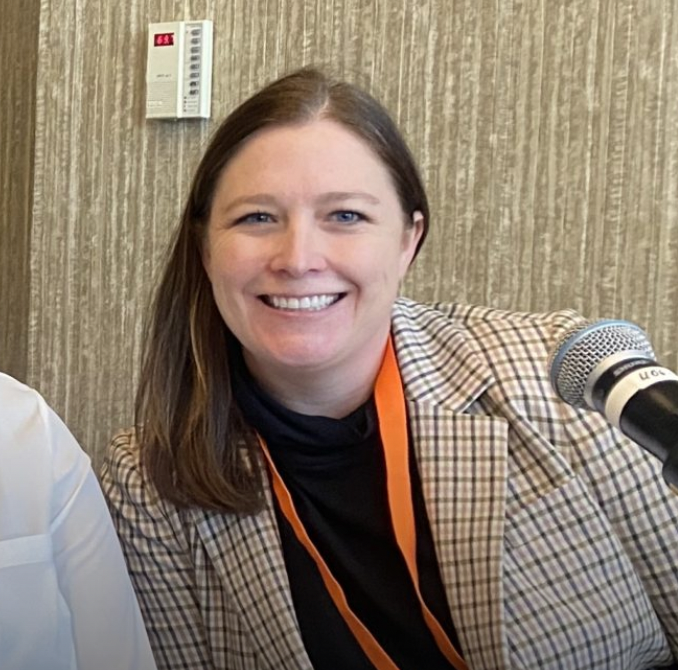
Mallory Logan is a veteran Social Studies Teacher and Director of the Law and Social Justice Academy in Oakland Unified School District. She has utilized the Y-PLAN civic learning methodology in her academy for five years.
ACKNOWLEDGEMENTS
It has been inspiring working with my amazing students Akalya, Laiza and Victor, and all the other students that they worked with these past two years. Collaborating with Trish Anderson and OUSD CTE Coach Camrin Fredrick was also critical to this work and article. I also want to thank our partners at UC Berkeley, Dr. Deborah McKoy and the many UC mentors who brought Y-PLAN to Oakland High and guided and supported our students for many years. Like the work itself – this was a team effort!
EXTERNAL REVIEW
This report benefited from the insights and expertise of two external reviewers. We are extremely grateful to Dion Burns and Daniel Espinoza, both from the Learning Policy Institute, for sharing their keen insights and knowledge of research focused on students experiencing homelessness and on community schools.


